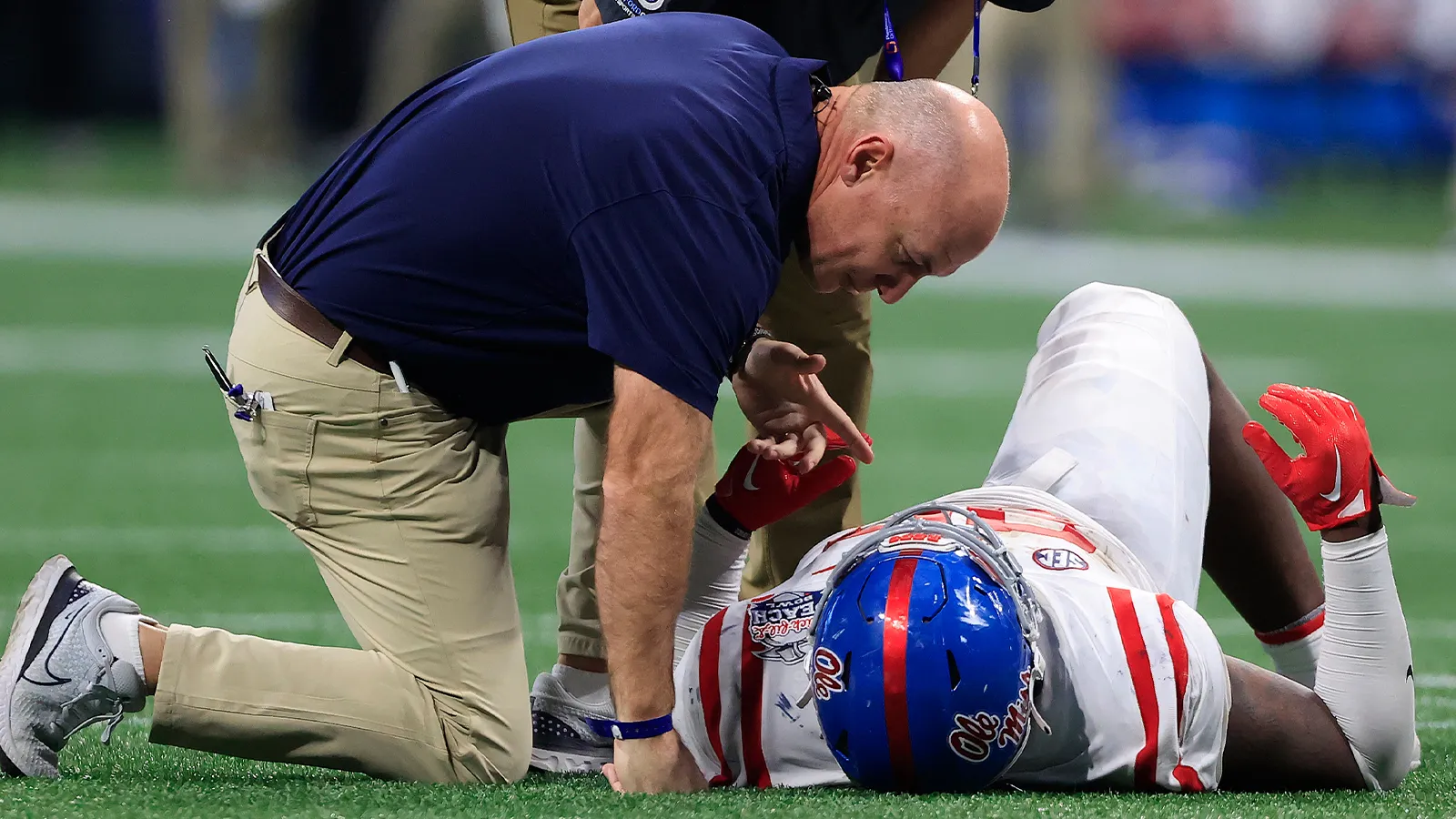Breaking News: College Football Coaches Open Up About Star Players’ Injury Reports: Insights, Challenges, and Recovery Timeline
In the high-stakes world of college football, injuries to star players often become a pivotal point in a team’s season. This week, several top college football coaches shared candid insights into the challenges they face when dealing with injuries, the strategies behind recovery timelines, and the difficult balance of transparency with fans and the media.
When a key player goes down, the spotlight immediately shifts to the coaching staff for answers. Coaches are often caught in a tightrope act—balancing the need to keep fans informed while safeguarding the team’s competitive edge.
“It’s always a tough call,” said Coach James Reynolds of the Southeast University Panthers. “You want to be upfront with the public, but at the same time, revealing too much about a player’s status can be an open invitation for opponents to exploit weaknesses.”
Many coaches admit to using vague language in injury updates, such as “day-to-day” or “week-to-week,” to maintain flexibility in their game plans. “We’re not trying to be deceptive,” added Reynolds. “It’s just that the recovery process is unpredictable, and we don’t want to set false expectations.”
Medical advancements in sports science have greatly improved the way teams handle injuries, but each case is unique. Dr. Elena Mitchell, the head team physician for the Midwest State Wildcats, highlighted the importance of individualized treatment plans.

“Two players might suffer the same type of injury, but their recovery timelines can vary significantly based on factors like age, physical condition, and even mental resilience,” said Mitchell. “Our primary focus is on long-term health, not just getting them back on the field quickly.”
Coaches echoed this sentiment, emphasizing that rushing a player back could lead to setbacks or even more severe injuries. “It’s better to lose them for a few weeks than for an entire season,” noted Coach Laura Simmons of the West Coast Tigers.
For players, the emotional toll of being sidelined can be as significant as the physical challenges. “It’s tough watching your team compete and knowing you can’t contribute,” said Jason Moore, a senior wide receiver for the Northern Eagles, currently recovering from a hamstring strain. “But the support from my coaches, teammates, and medical staff has been incredible.”
Coaches like Simmons make it a point to involve injured players in team activities, even if they can’t practice. “We want them to feel connected and valued,” she said. “That sense of belonging can accelerate their recovery process.”
As the season progresses, fans and analysts will continue to scrutinize injury reports, speculating on their impact. While coaches strive for transparency, the complex interplay of competitive strategy, medical uncertainty, and player well-being means that updates will likely remain carefully crafted.
“At the end of the day, our priority is the health and future of our players,” said Coach Reynolds. “Winning games is important, but not at the expense of their careers or lives.”
The ongoing dialogue between coaches, medical staff, players, and fans underscores the evolving landscape of college football. It’s a reminder that behind every injury report is a human story of resilience, determination, and the pursuit of excellence.
Leave a Reply